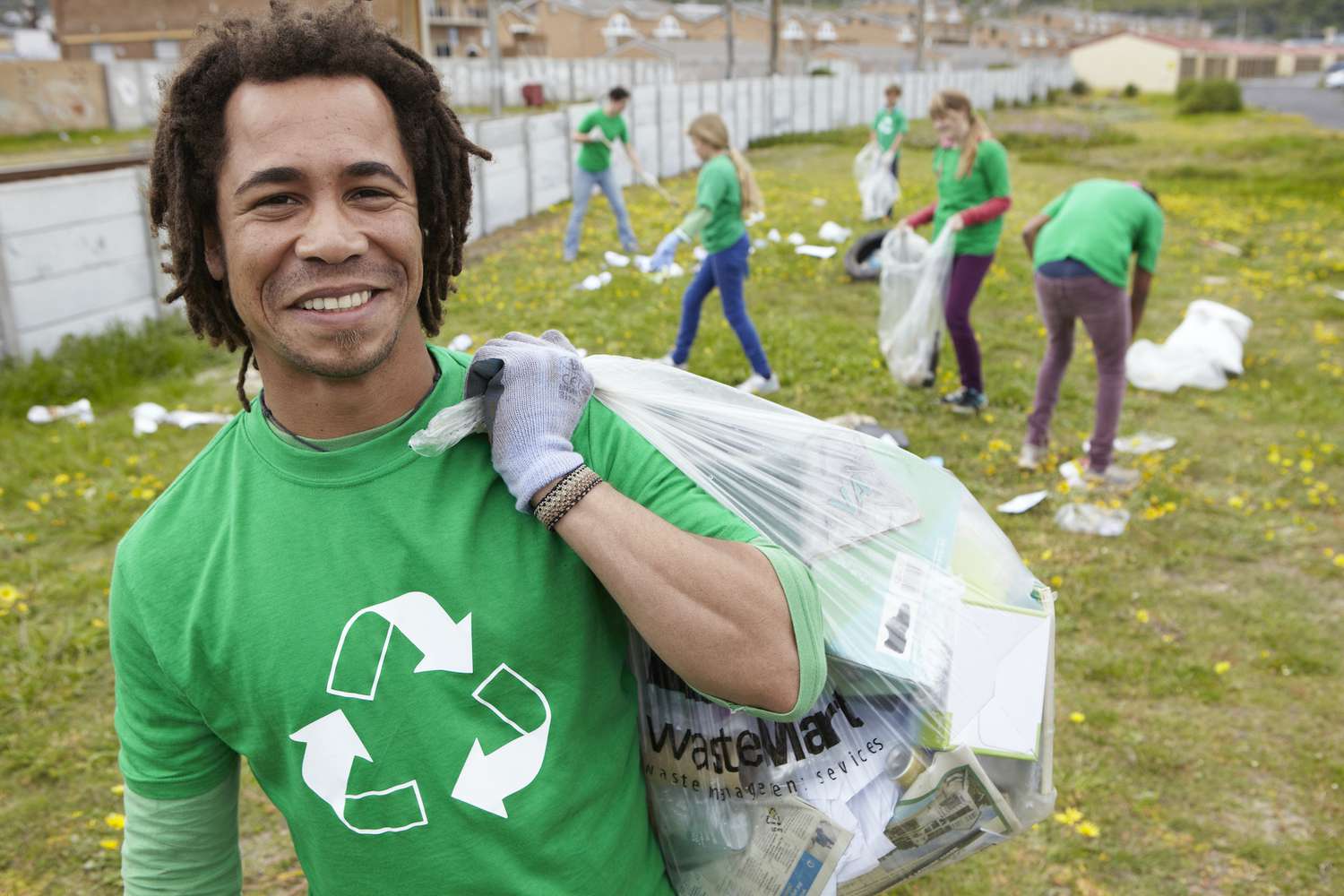
Final November, a division retailer chain in the UK referred to as John Lewis introduced a £1-million (US$1.2m) fund to again revolutionary tasks that might combat “throwaway” tradition. Along with environmental group Hubbub, it gave companies, charities, social enterprises, and tutorial our bodies two months to submit their concepts to this new Round Future Fund and be chosen by an skilled grant panel.
4 winners had been introduced in April, out of 245 candidates, and so they’re as spectacular as you’d think about. They are going to get one 12 months of economic assist (till Might 2023) to develop and implement their concepts—and hopefully play a big position in lowering the quantity of waste that is created in our present disposable procuring tradition. This is a quick overview of every winner.
Dame
Dame is a interval product firm that strives to make menstrual cups mainstream. These are such a easy and efficient resolution to lowering plastic waste and enhancing the general menstrual expertise that it is unlucky solely 5% of the British inhabitants makes use of them. In the meantime, 4.5 million interval merchandise are thrown away every day within the U.Ok., and the common disposable pad comprises 90% plastic.
Dame proposed a “starter equipment of varied styles and sizes and simple take-back service to encourage folks to provide it a go”—a logical step to cut back boundaries for entry. It plans to develop a digital assistant to assist folks assess which merchandise are the precise match for his or her our bodies, and to launch a marketing campaign to familiarize extra folks with reusable menstrual merchandise.
Pip & Henry
This shoe firm desires to deal with the issue of footwear waste by designing and constructing expandable and deconstructable sneakers for kids. Youngsters’ sneakers get changed each 4 months, on common, with 85% of those outgrown sneakers going to landfill, even earlier than they’re worn out.
Pip & Henry’s founder Jeroo Doodhmal has proposed a design that grows with the kid, because of a modular sole that may have expansions added to it, and an elasticated or foldable higher. Permitting a shoe to develop by three half-sizes might double its lifespan and save mother and father some huge cash.
Moreover, Doodhmal desires to design a shoe that may be damaged down into its varied elements for simpler recycling at finish of life.
Scottish Library & Info Council (SLIC)
Everyone seems to be acquainted with the thought of a library for books, however an revolutionary group from Scotland desires to increase this idea to family items and clothes. It has proposed including ten “round financial system group areas” to present libraries to encourage folks to restore and borrow, as an alternative of throwing away and shopping for new.
Utilizing its grant, SLIC will present free group entry to stitching machines, soldering irons, and 3D printers. It should increase lending collections to incorporate instruments, instruments, and kitchen tools. It should additionally attempt to “create an proof physique of the position of libraries within the round financial system and share broadly amongst networks.”
College of Leeds
Polyester is essentially the most broadly used textile in garments, however solely 15% comprises recycled materials. This is because of the truth that previously-dyed polyester is troublesome to recycle. Researchers on the College of Leeds have created a prototype that manages to separate polyester from its dye utilizing CO2. If scalable, this might revolutionize the style trade. It could enable dye to be reused, save water, use much less vitality, and take away dangerous auxiliary chemical substances.
Every of those winners sounds thrilling in its personal manner. The tasks are all so various, and but related to every day life in a manner that makes the common reader really feel excited. These should not summary ideas; these are actual developments that may have an effect on how we store and get rid of on a regular basis merchandise. Will probably be fascinating to see how they scale up, which of them are most profitable, and what long-term affect they’ve—hopefully in influencing different manufacturers to develop comparable round methods.